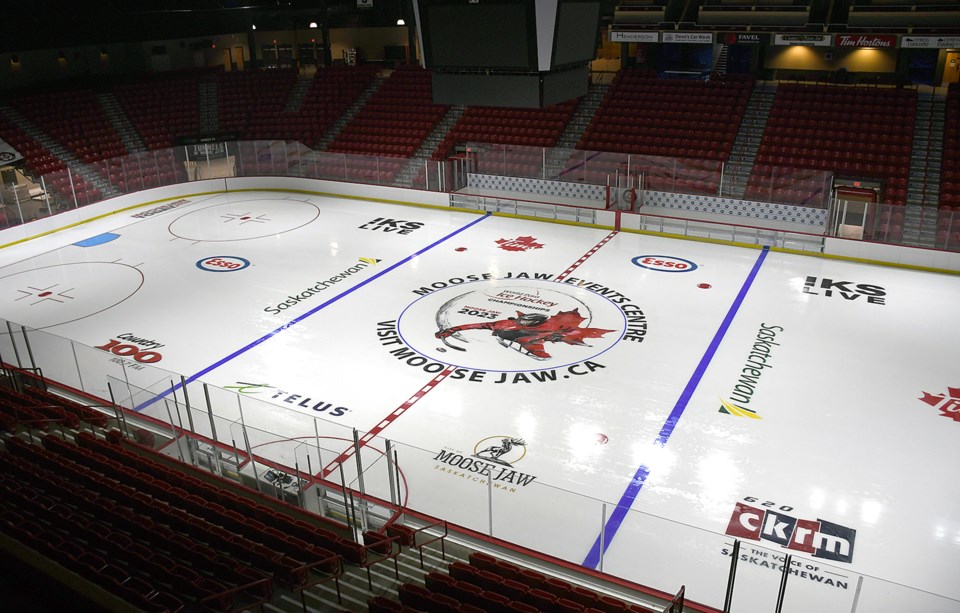For the most part, the sport of para hockey is the same as the version played by able-bodied players.
The goals are the same, rink dimensions haven’t changed, lines on the ice are the same and players wear gloves and helmets like everyone else.
But fans will see differences when the World Para Hockey Championship hits the Moose Jaw Events Centre on Sunday, May 28.
Of course, it all starts with the players themselves.
Athletes have to go through a number of steps to prove their level of ability, with every athlete having to meet minimum impairment to be involved in the sport.
That includes limb deficiency through medical amputation or trauma, impaired muscle power, leg length difference, hypertonia (increased muscle tension), ataxia (loss of muscle coordination), athetosis (continual slow involuntary movements) and impaired passive movement in one or more joints.
As an example, Team Canada captain Tyler McGregor developed spindle cell sarcoma in his left leg after a fracture in 2009. His leg was amputated in 2010, he started para hockey in 2011 and debuted on the national team in 2012.
Or take U.S. veteran and longtime captain Josh Pauls. Born without tibias in his legs, both were amputated when he was 10 months old. He began playing para hockey in 2002 and has gone on to win five world championships and four Paralympic gold medals with Team U.S.A.
The sleds themselves are governed when it comes to their height, length and width, and players will carry two sticks, each no more than 100 cm long and featuring an ice pick on the end that is used to propel players around the ice. There’s even a specific penalty for if the sled is used as a weapon -- teeing, where a player makes contact with an opponent with any part of the front radius of the sled going straight into an opponent.
The game itself is slightly shorter, with 15-minute periods and 15-minute intermissions. Overtime rules vary by tournament stage -- preliminary rounds feature a five-minute OT, games up to the bronze medal game are 10-minute OT and the gold medal game will be a 15-minute overtime. Shootouts will follow at each level if no goal is scored.
Folks will also notice some substantial changes to the arena infrastructure itself.
Immediately noticeable, of course, is the ice surface. The Para Hockey World Championship logo has replaced the Moose Jaw Warriors at centre ice and tournament sponsors have also been painted into the surface.
Then there are the boards themselves, which feature see-through plexiglass at the benches and penalty box areas so players can see the ice surface while on their sleds. The bench floor area and walkway to the dressing rooms will be covered with synthetic plastic ice to facilitate player movement.
Other than that, it’s most goals wins, with the eight-team tournament beginning on May 28 with three games. Tickets are available by visiting www.sasktix.ca.




